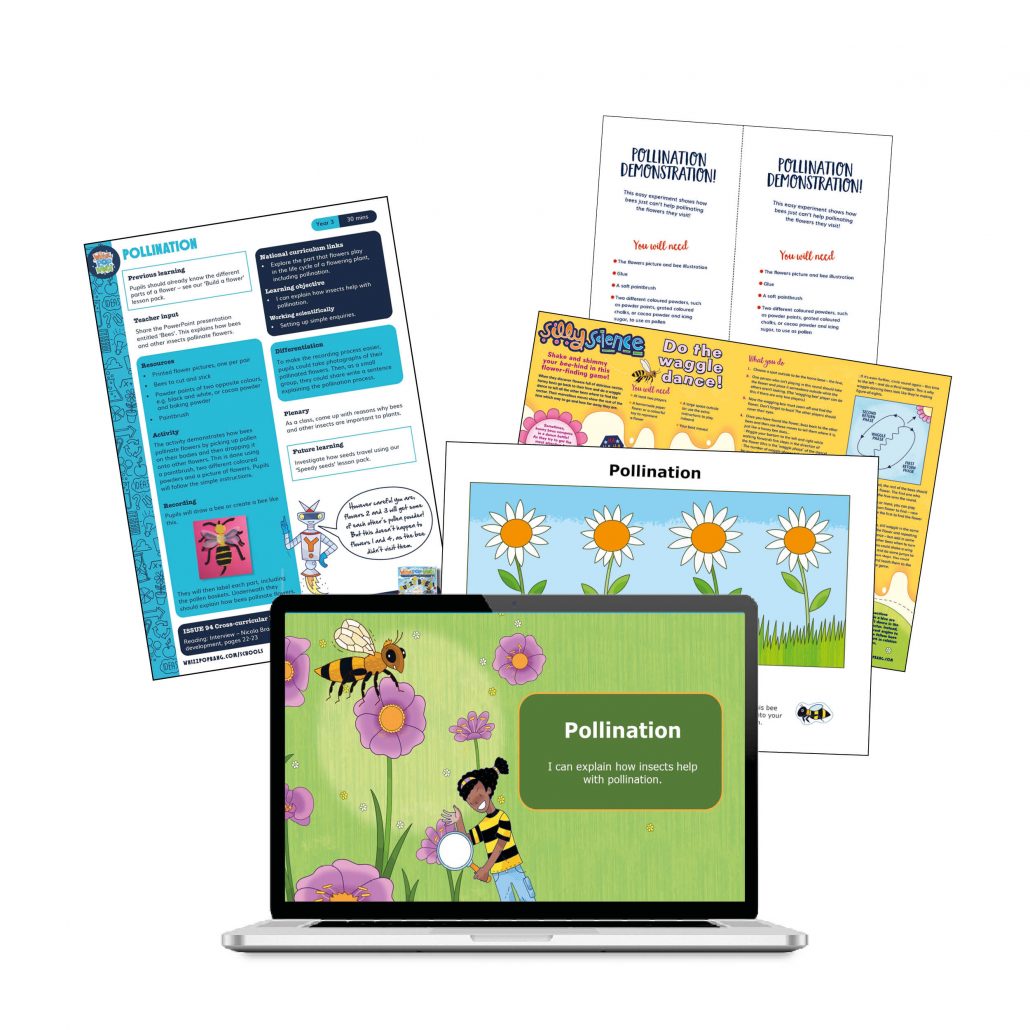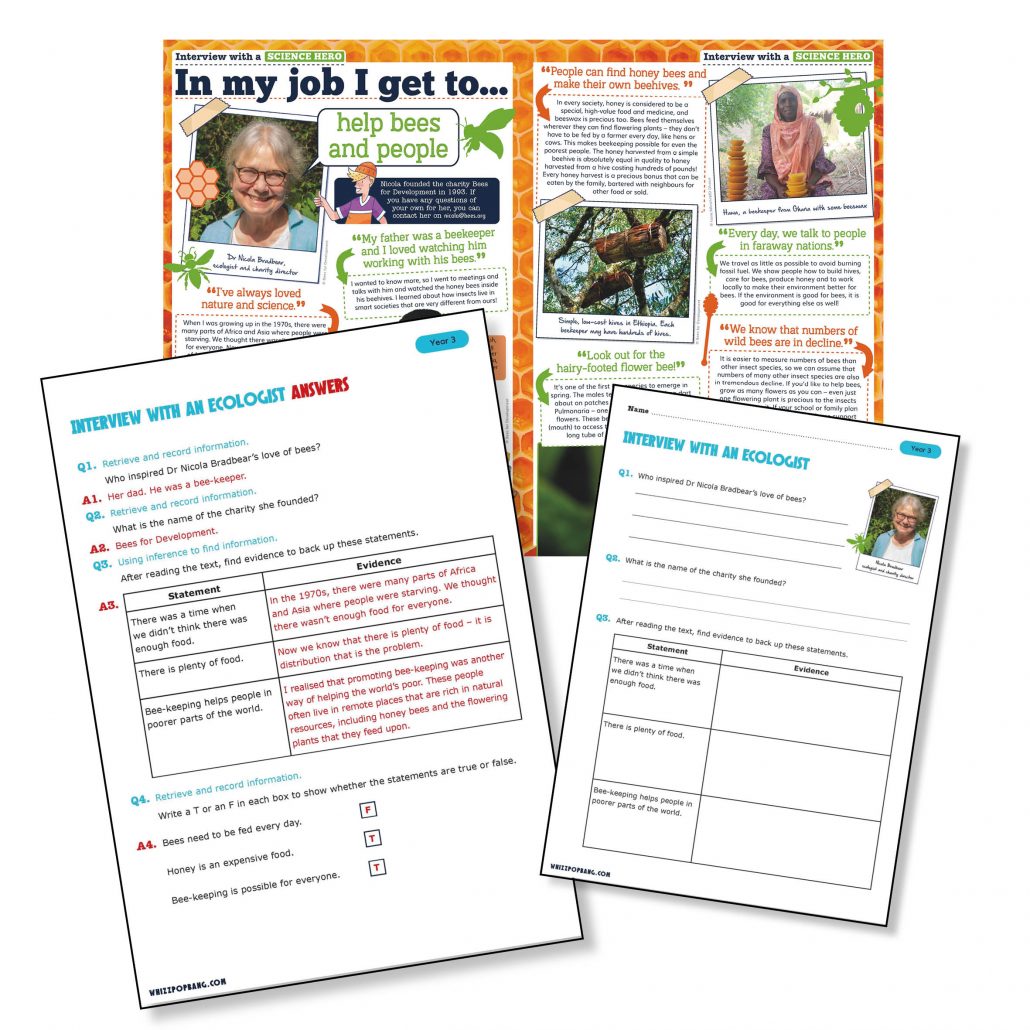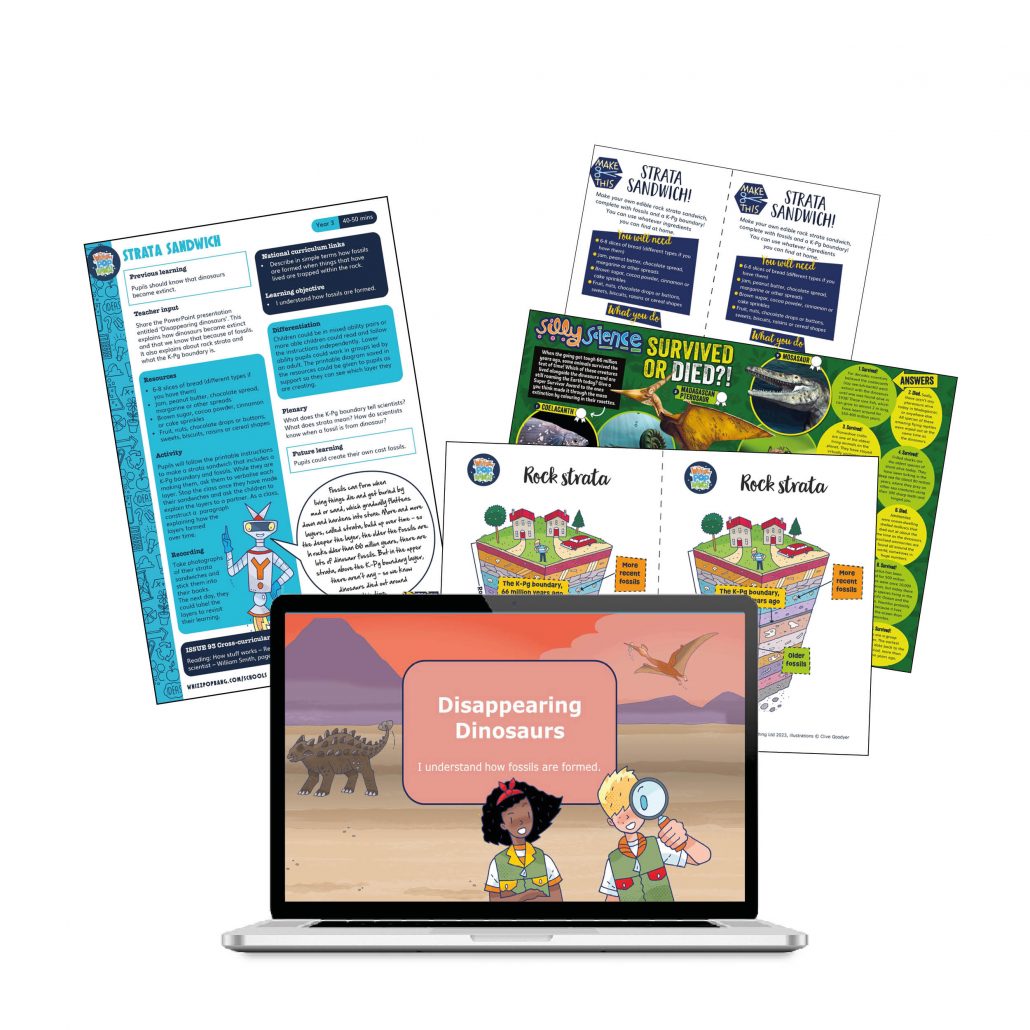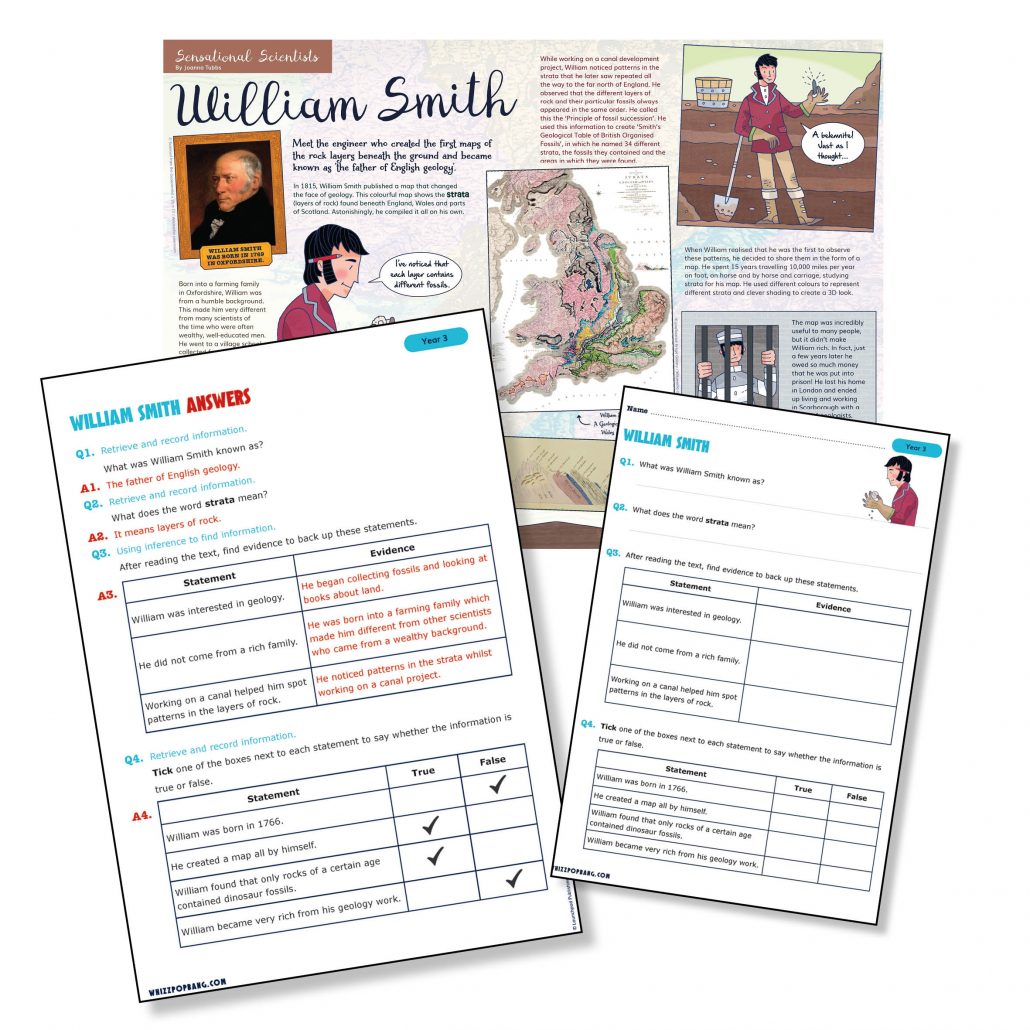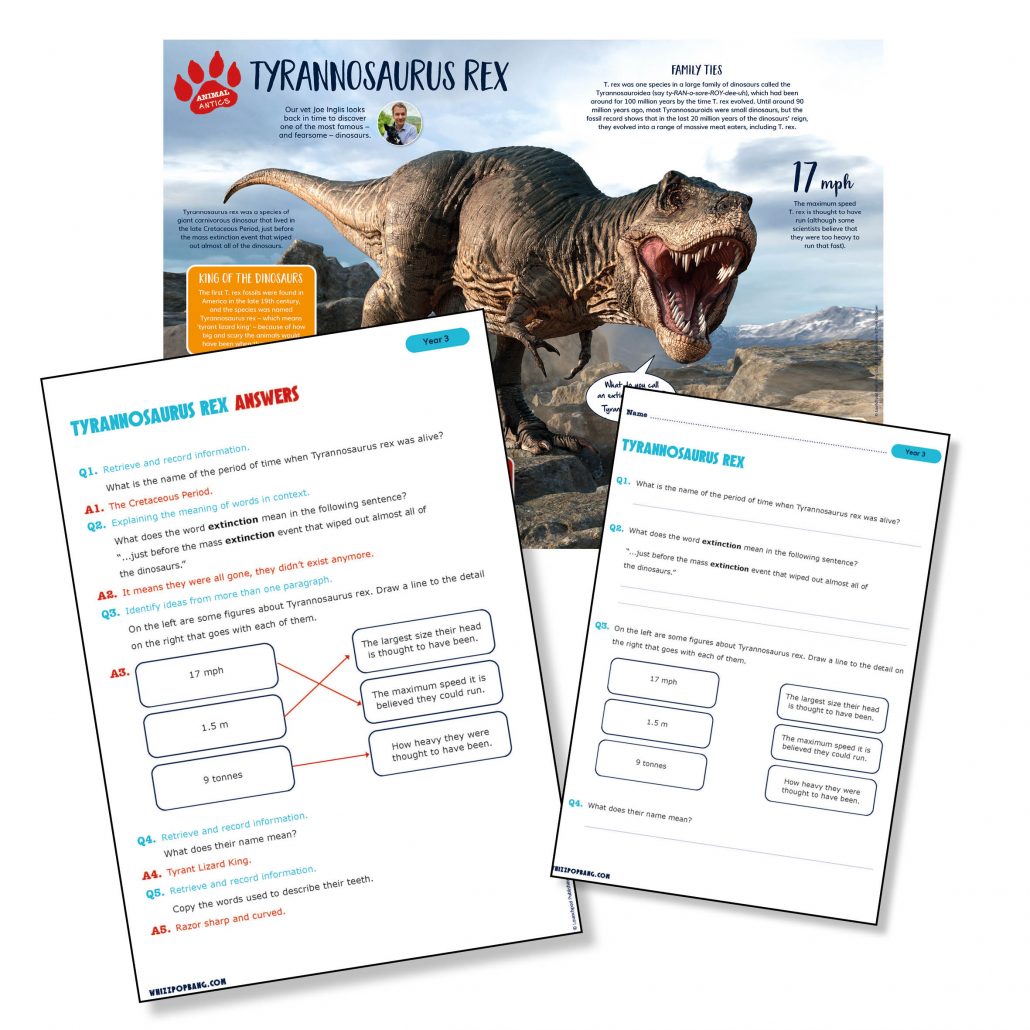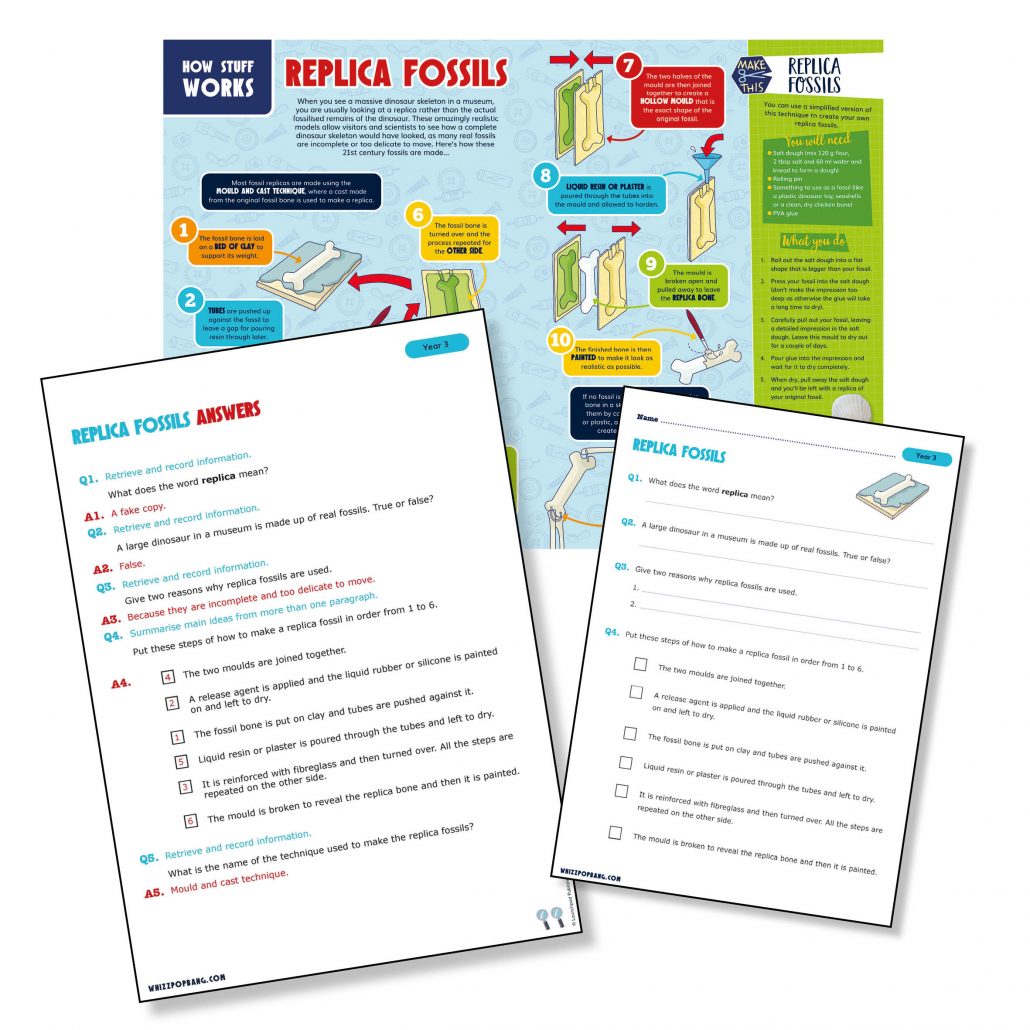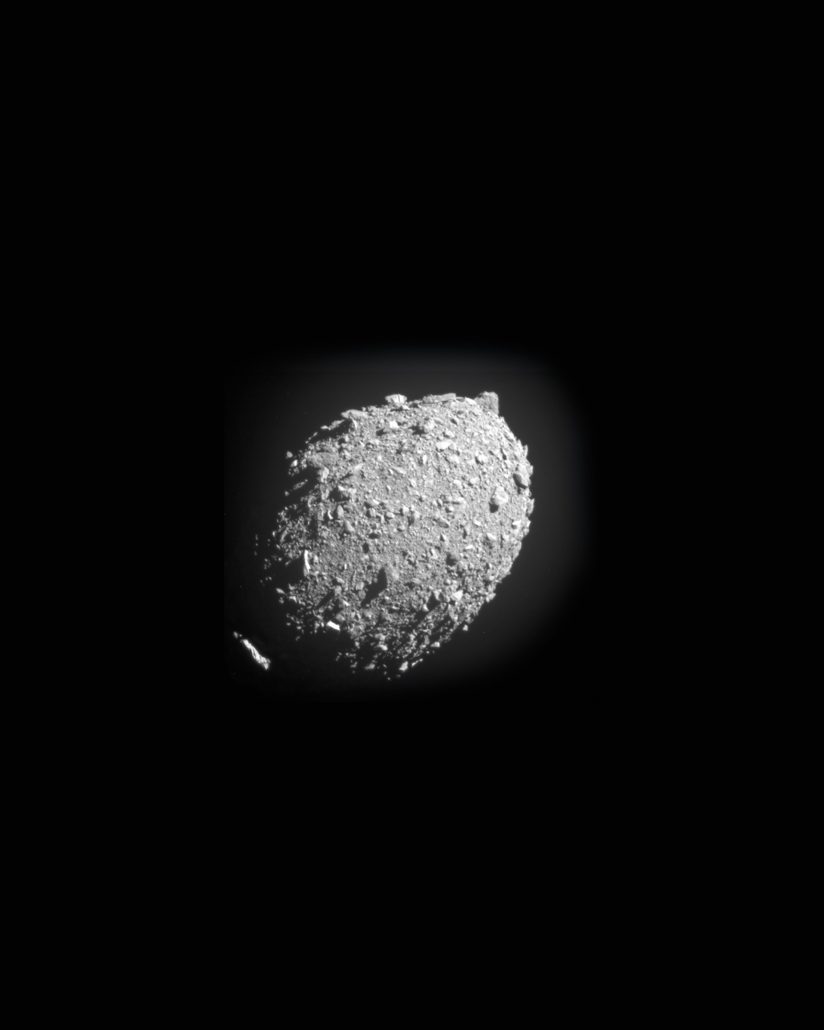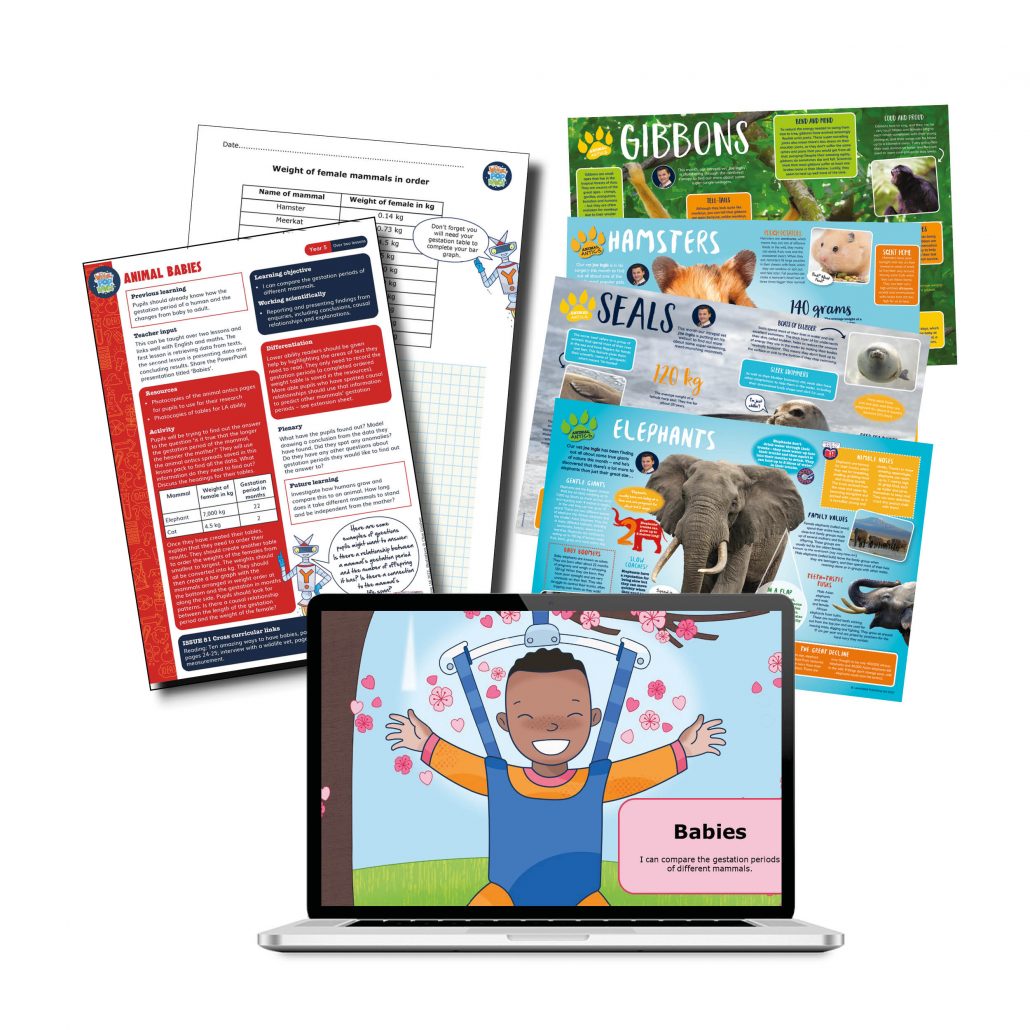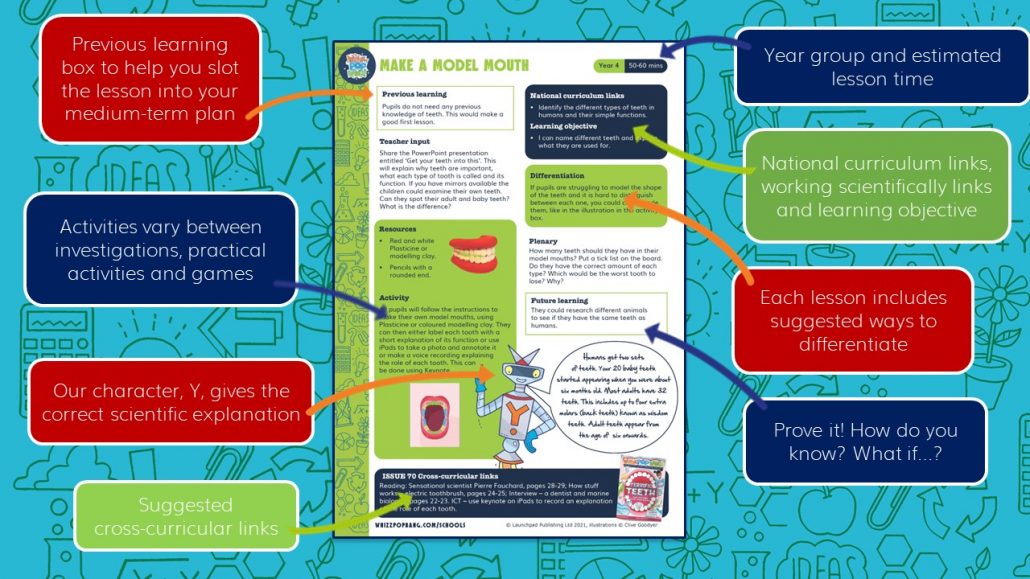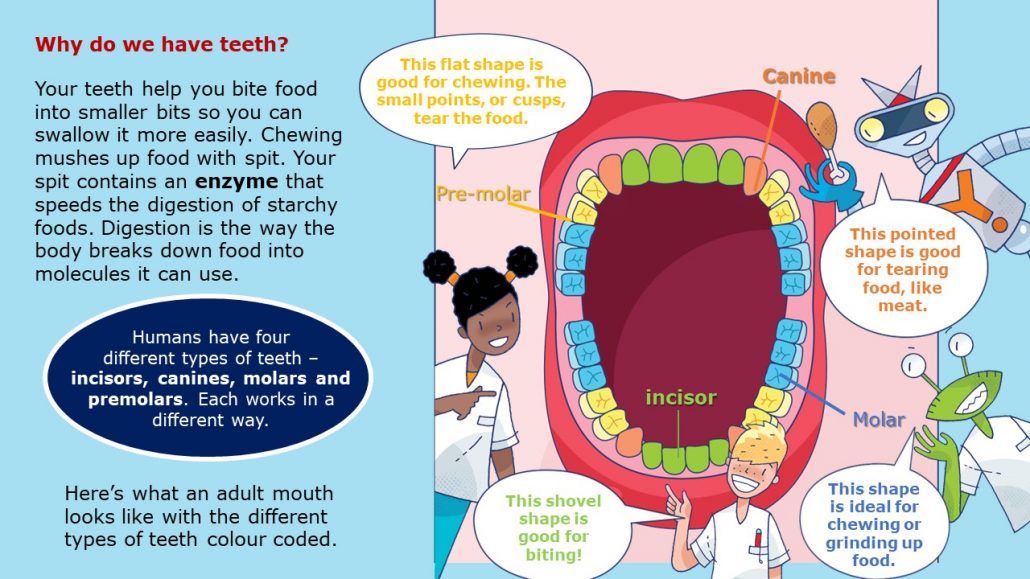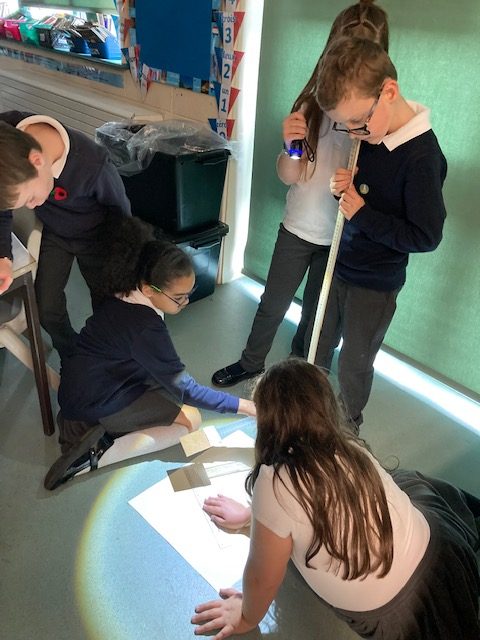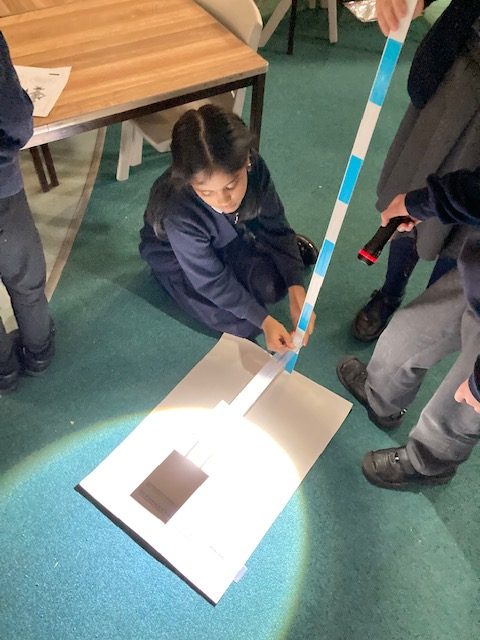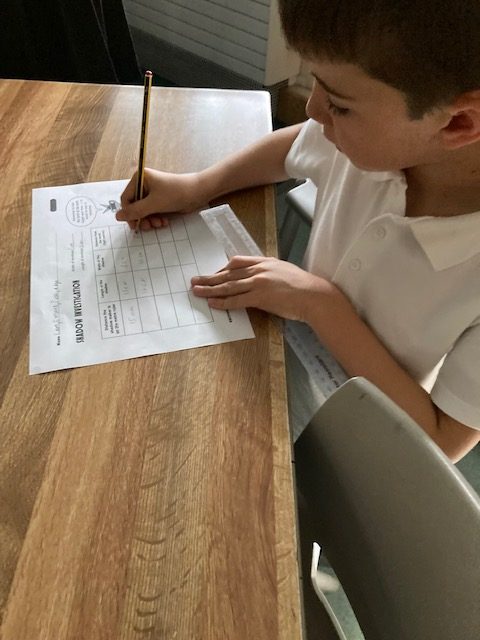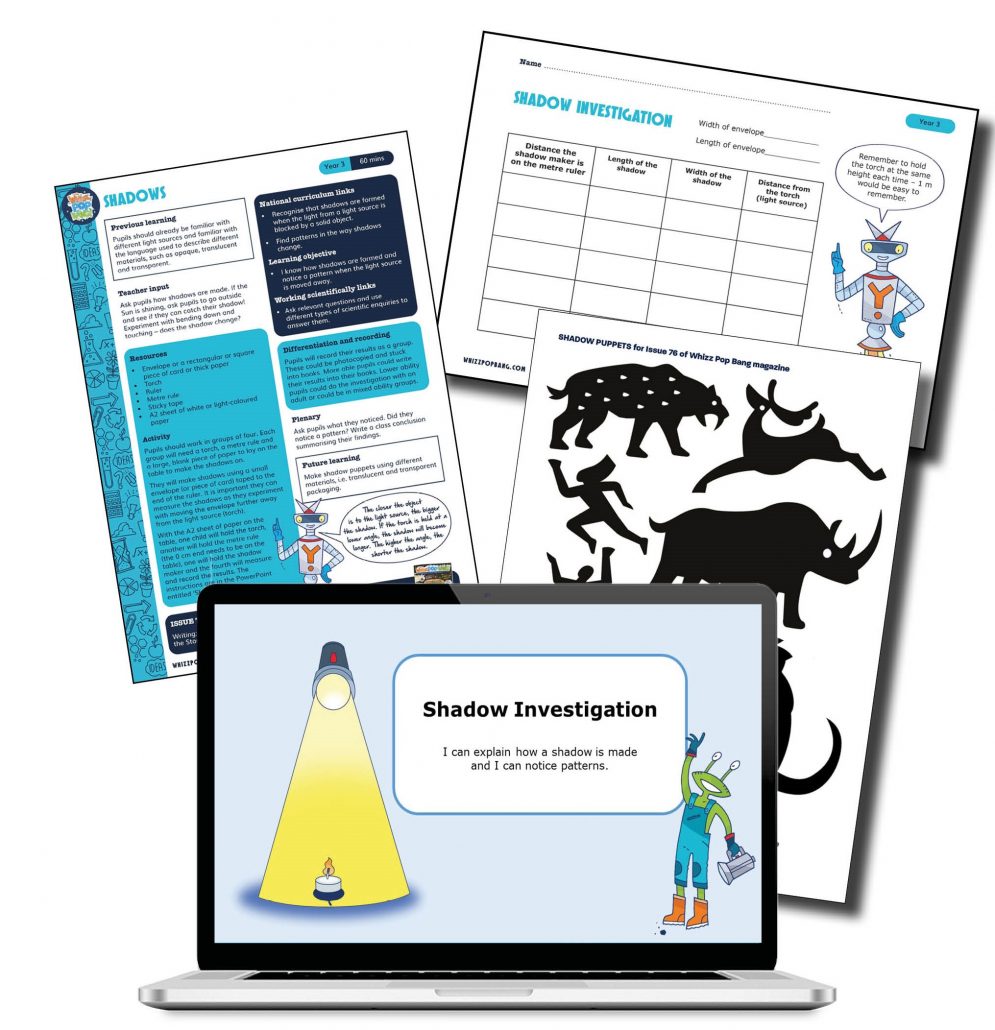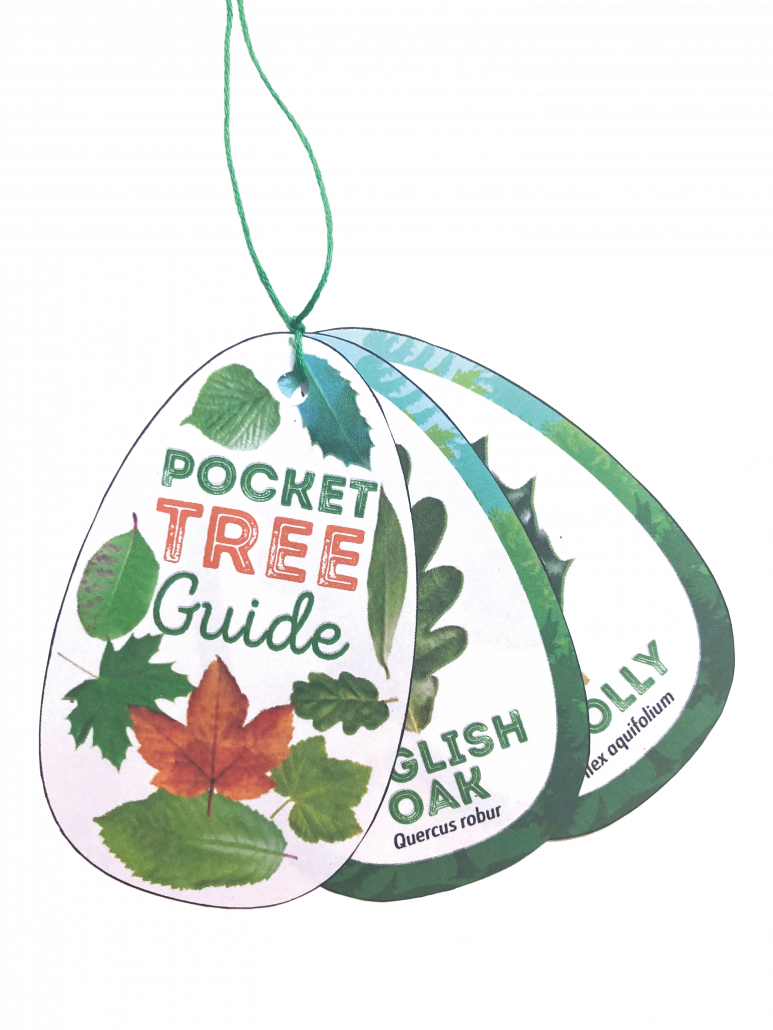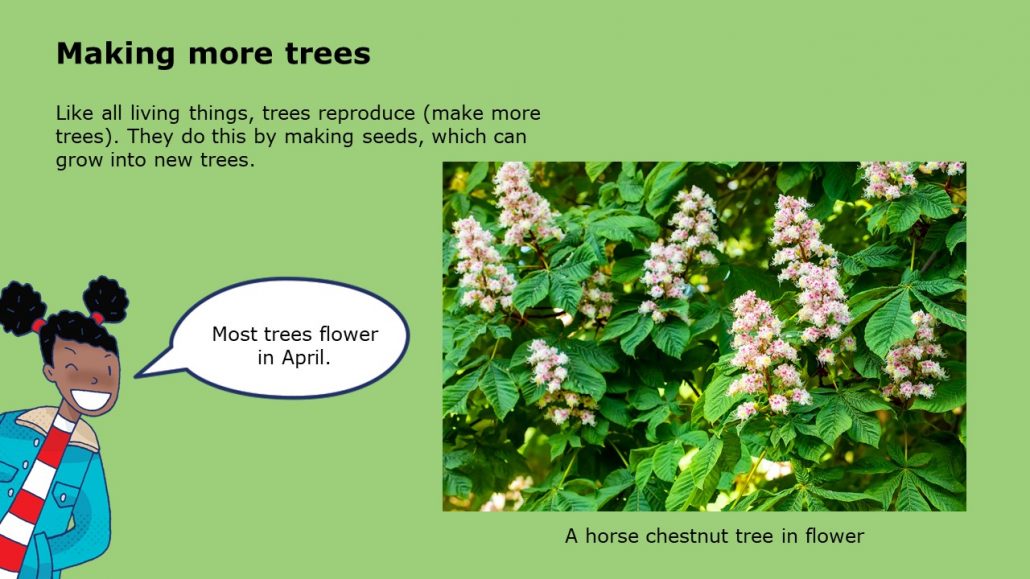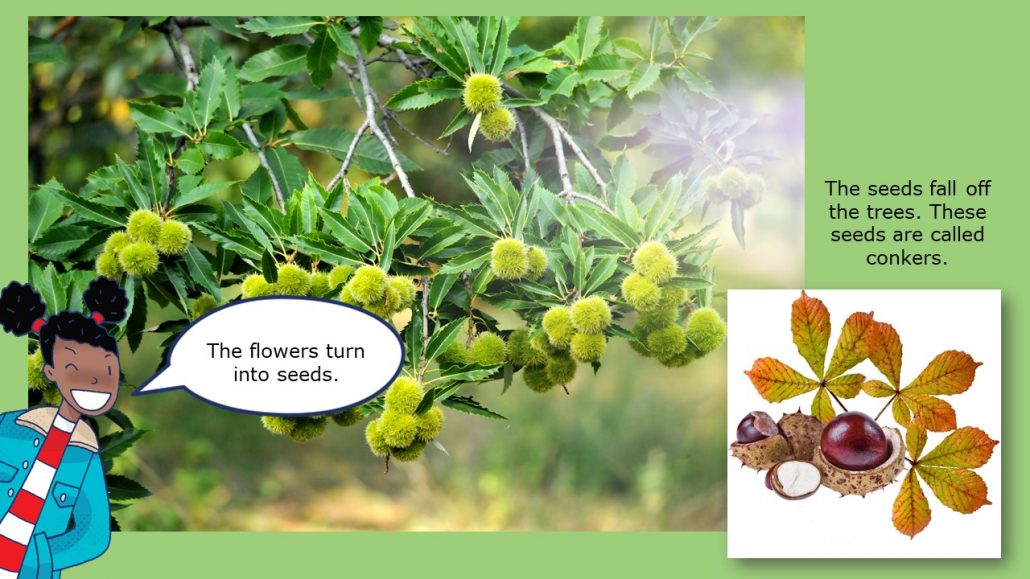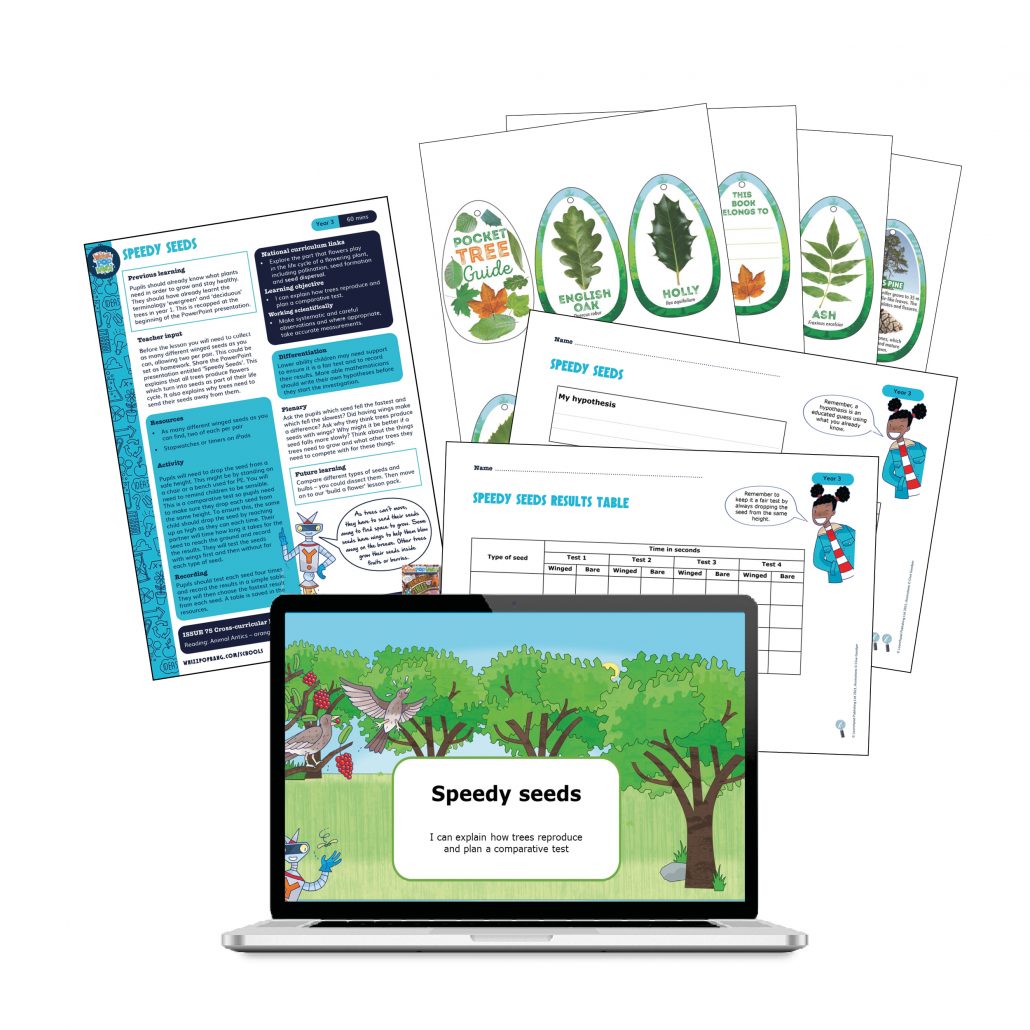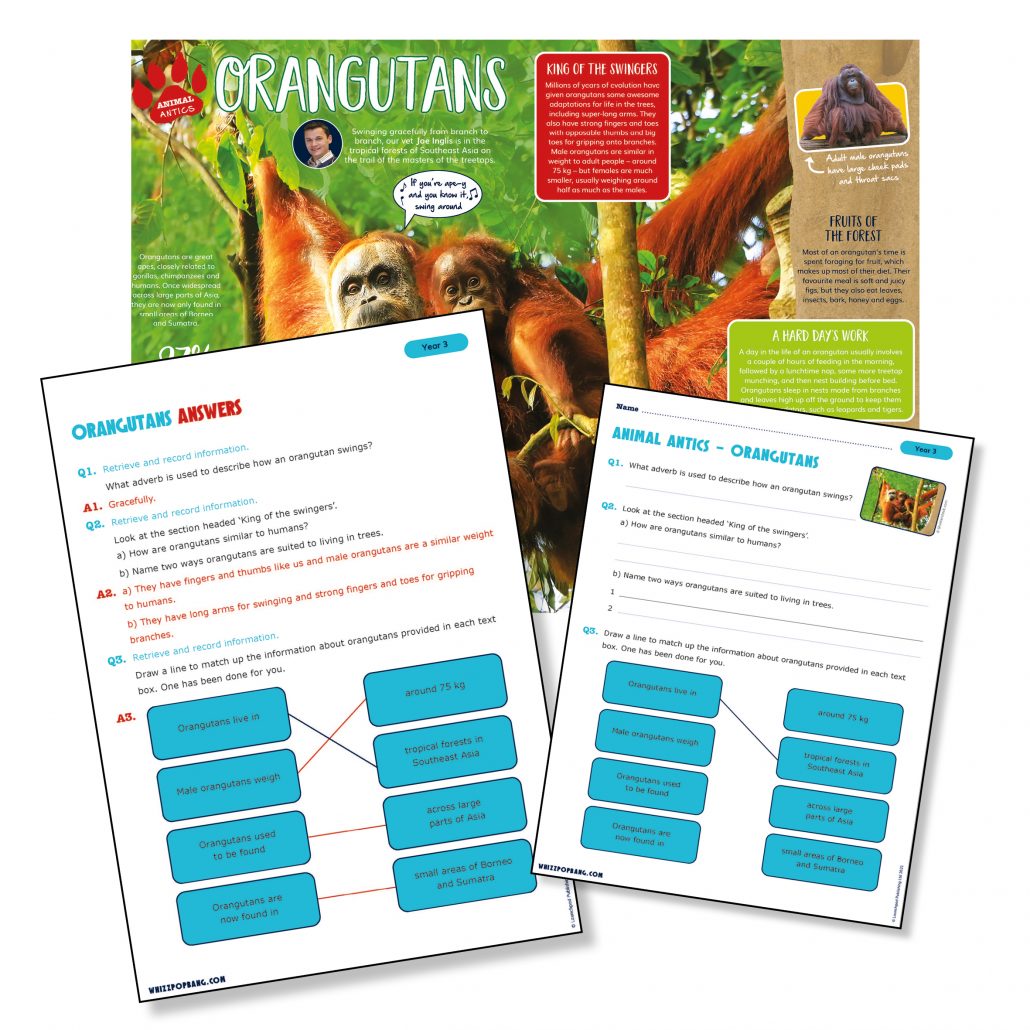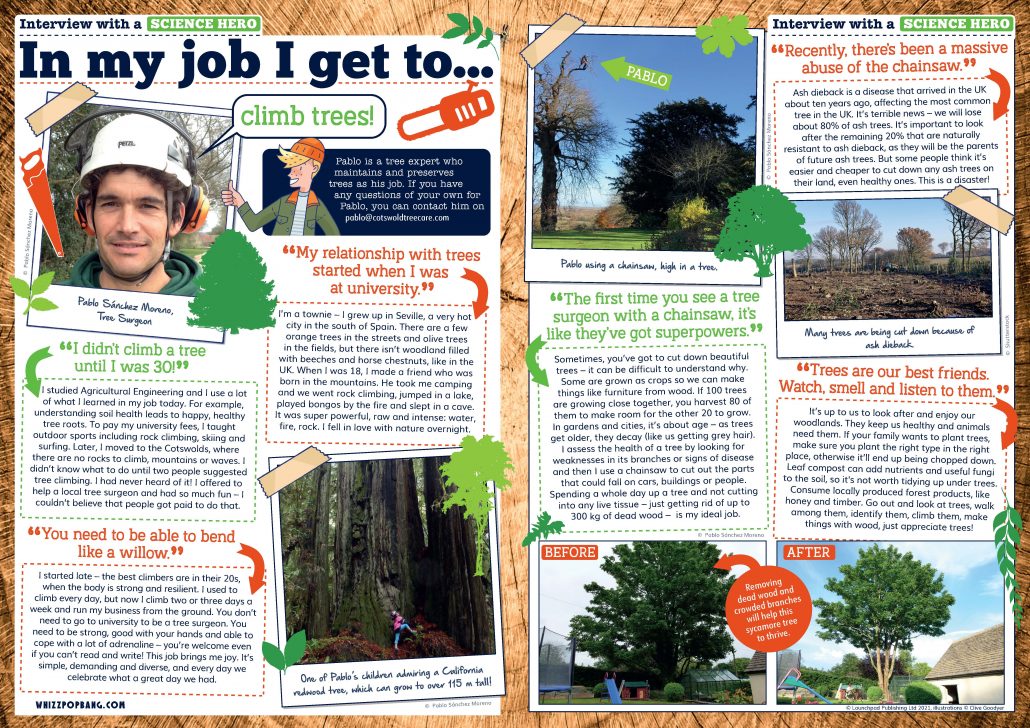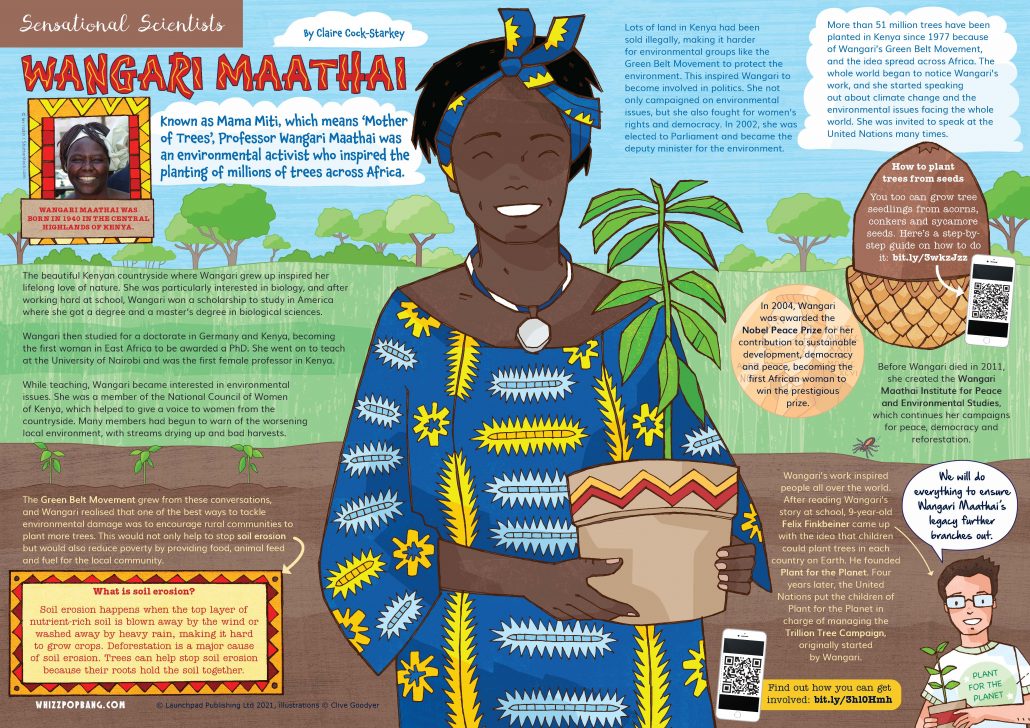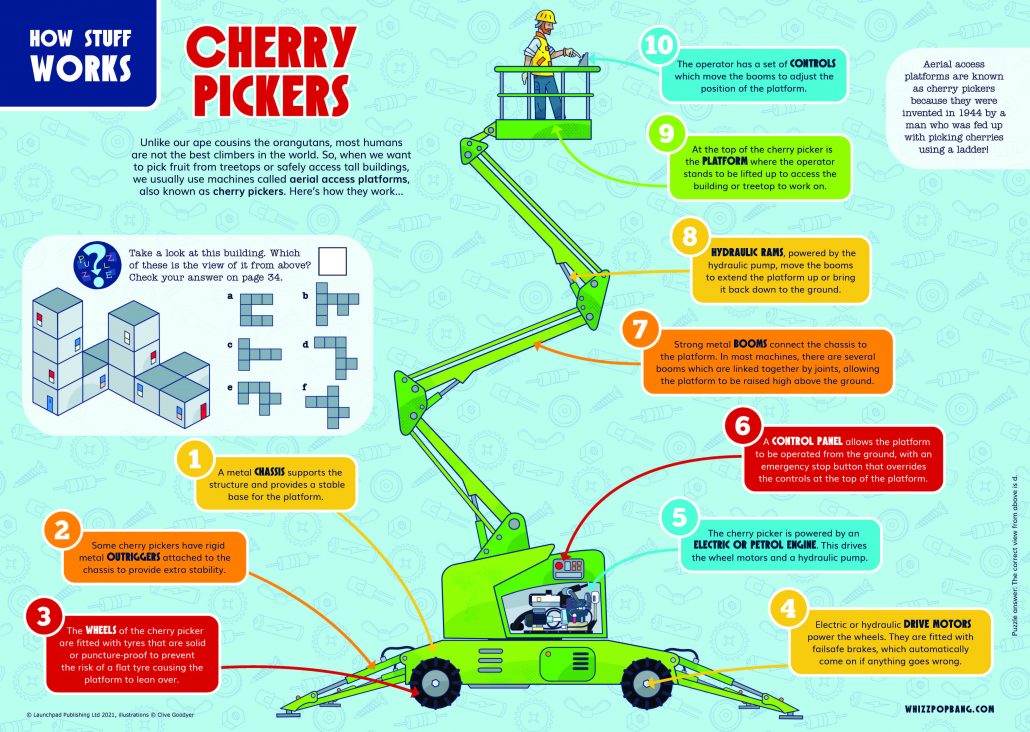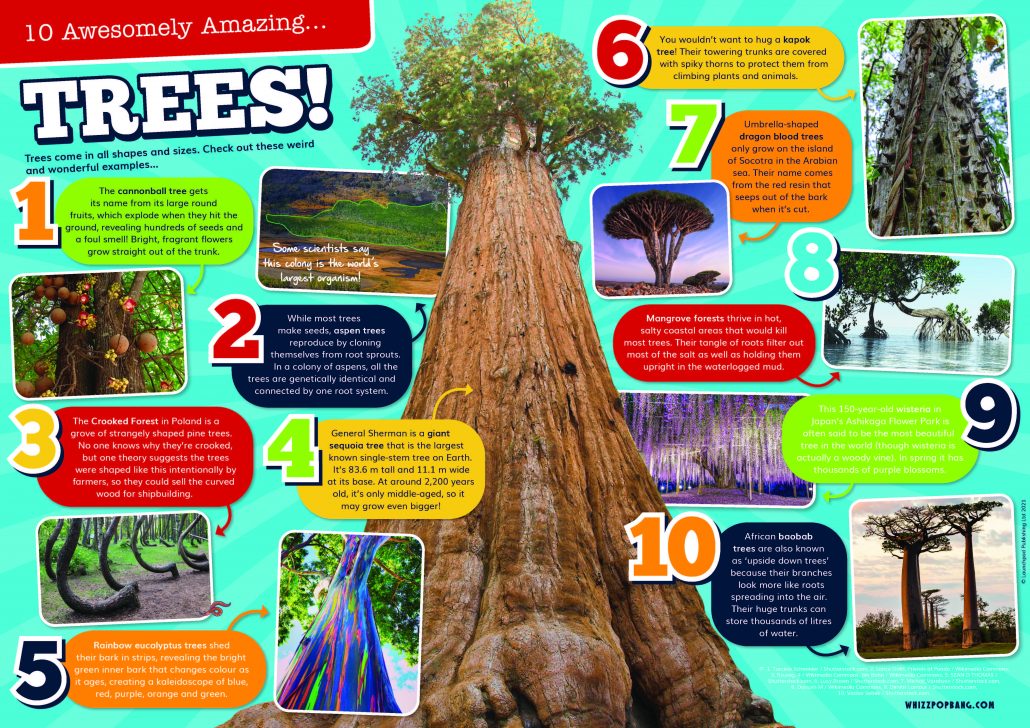As part of the unit plants, you will need to teach your pupils how plants reproduce. A key part is the role insects play in pollination. They do not need to understand it in great detail, but should know the term and have a general understanding of how it happens. The lesson pack we have created alongside this month’s issue called ‘Buzzy Bees!’ is a great simple, hands-on activity in which pupils will pretend to pollinate flowers as if they are bees.
The lesson pack contains:
- A lesson plan linked to the national curriculum
- A PowerPoint presentation
- Instructions
- Printable resources
- Instructions for a whole-class waggle dance!
Great news! You don’t need any specialised equipment, just a paintbrush and two different coloured powders – either powder paints or icing sugar and cocoa powder.
Do you want to sneak more science into your school day?
Our reading comprehensions are a great way of getting more science content into your school day. On the website, all the reading comprehensions can be searched for by topic and year group, allowing you to pick ones which relate to your current science teaching or ones which revisit a previous topic. Each lesson plan has a ‘cross curricular’ box which lists reading comprehensions that link to the learning for that lesson. This month, for year 3 we have an interview with a super scientist who has found a way for bees to help people in poverty.
Whizz Pop Bang magazine and teaching resources are brilliant ways to enhance your school’s science teaching:
- We provide downloadable science lesson plans, PowerPoint presentations, hands-on investigations and science reading comprehensions written by primary school teachers.
- Whizz Pop Bang teaching resources link to the National Curriculum, ensuring correct coverage.
- All of our resources are year group specific, ensuring progression between the years.
- We make cross-curricular links to other subjects, such as English, Maths, History, Geography, Art, Design and Technology and PSHE.
Prices from as little as £197.99 per year for a copy of Whizz Pop Bang magazine through the post each month and whole-school access to our ever-growing library of downloadable teaching resources, with unlimited teacher logins.
We’ve also got an individual membership option so teachers and home educators can access all of our amazing downloadable resources for just £20 for the whole year.

